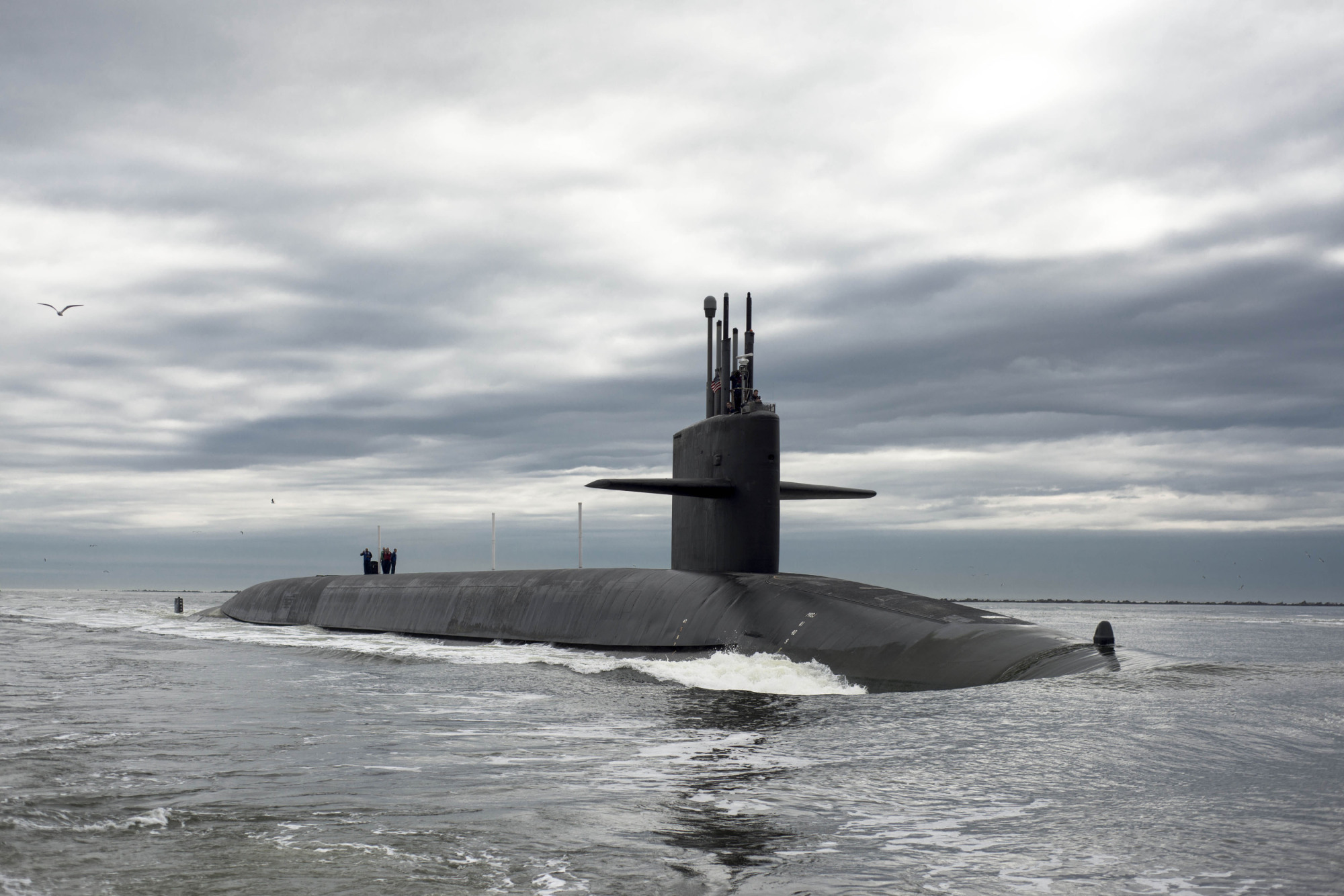Perhaps more than at any time since the end of the Cold War, the Pentagon is getting serious about nuclear conflict.
Over the past few years, the administrations of U.S. Presidents Barack Obama and Donald Trump have reportedly studied how to respond if Russia fires off a nuke during a war with NATO in the Baltic region. U.S. Secretary of Defense Mark Esper recently participated in a war game simulating a limited nuclear conflict with Moscow. The U.S. Navy just deployed a submarine-launched, low-yield nuclear warhead designed for such a scenario. Critics have responded by calling these preparations provocative and dangerous.
The controversy is reviving hard questions about nuclear strategy and deterrence that U.S. officials last faced during the twilight of the conflicts against the Soviet Union. Looking back at that era reminds us that mastering the realities of geopolitical rivalry often requires embracing the apparent absurdities of nuclear statecraft.


















With your current subscription plan you can comment on stories. However, before writing your first comment, please create a display name in the Profile section of your subscriber account page.